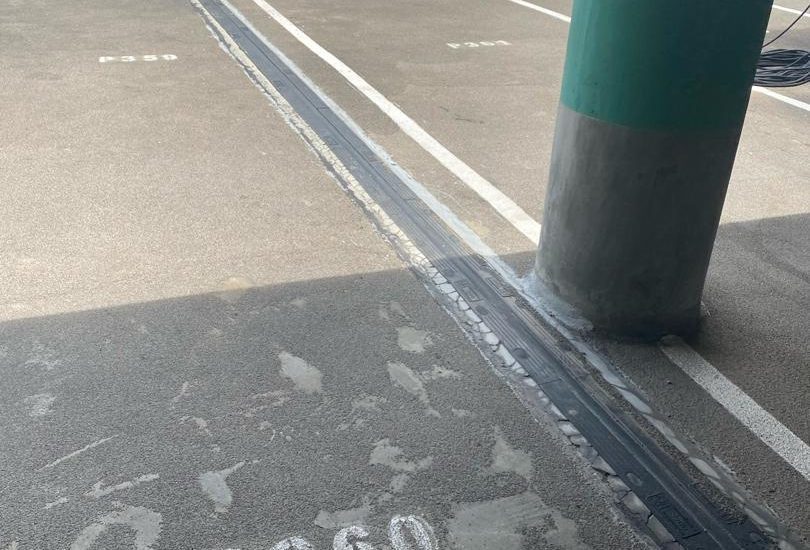- May 16, 2024
- Posted by: boffin
- Category: Construction

Introduction:
In the world of construction, every detail matters when it comes to ensuring the longevity and durability of buildings. Among the many components that contribute to structural integrity, expansion joints play a crucial role that often goes unnoticed. Yet, these seemingly small elements are essential for preventing costly and potentially catastrophic structural damage. In this article, we explore the importance of expansion joints and their role in safeguarding buildings against the forces of nature.
Understanding Expansion and Contraction:
Before diving into the importance of expansion joints, it’s essential to understand why buildings expand and contract in the first place. Factors such as temperature fluctuations, moisture changes, and seismic activity can cause building materials to expand and contract, leading to stress and strain on the structure. Without proper accommodations, this movement can result in cracks, buckling, and other forms of structural damage over time.
Preventing Cracks and Damage:
Expansion joints provide a solution to the challenges posed by building movement by allowing for controlled expansion and contraction. By dividing large expanses of concrete, masonry, or other building materials into smaller segments, expansion joints accommodate movement without compromising the integrity of the structure. This helps prevent cracks, fractures, and other forms of damage that can compromise the safety and stability of buildings.
Ensuring Longevity and Durability:
By preventing structural damage, expansion joints contribute to the longevity and durability of buildings. When properly installed and maintained, expansion joints help protect building components such as floors, walls, and ceilings from the effects of expansion and contraction. This extends the lifespan of the building, reducing the need for costly repairs and renovations over time.
Enhancing Aesthetic Appeal:
In addition to their functional role, expansion joints can contribute to buildings’ aesthetic appeal. Modern expansion joint systems come in a variety of materials, colors, and profiles, allowing architects and designers to incorporate them into the overall design aesthetic seamlessly. Whether discreetly concealed or boldly highlighted as architectural features, expansion joints can enhance the visual appeal of buildings while ensuring structural integrity.
Adapting to Environmental Conditions:
As climate change continues to impact the built environment, the importance of expansion joints becomes even more pronounced. Extreme weather events, such as hurricanes, earthquakes, and temperature fluctuations, can exert significant stress on buildings. Expansion joints allow buildings to adapt to these changing environmental conditions by accommodating movement and reducing the risk of damage from seismic forces, thermal expansion, and other external factors.
Conclusion:
Expansion joints may seem like small details in the grand scheme of building design, but their importance cannot be overstated. From preventing structural damage and ensuring longevity to enhancing aesthetic appeal and adapting to environmental conditions, expansion joints play a critical role in safeguarding buildings against the forces of nature. As architects, engineers, and builders continue to prioritize safety, durability, and sustainability in their projects, the proper design and installation of expansion joints will remain essential for creating buildings that stand the test of time.
